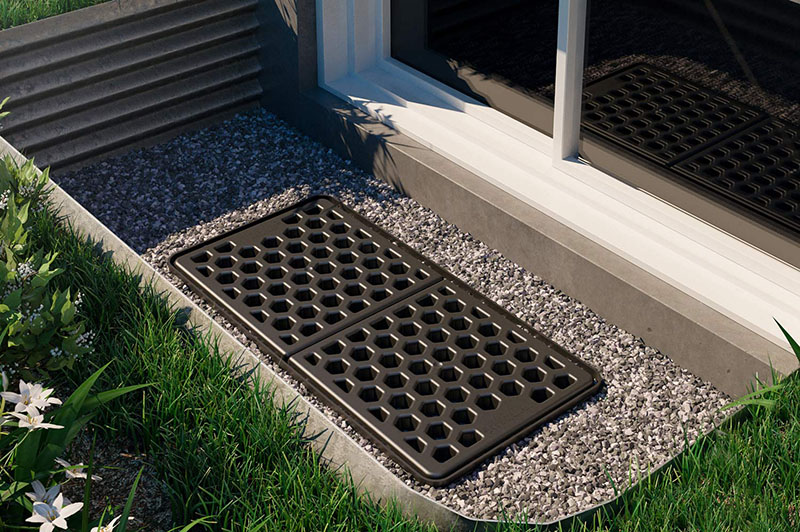You have carried out works for a customer in the height of summer when the weather was nice. There was not too much rain, and everything seemed well done, the ground was leveled, and the edge of the house was water repellent. Even the underside of a balcony that used to collect water has been modified so that it no longer receives water so that space can be used for storage. If the question arises and if the amount of water increases … Where does the water go?
When the weather is mild, it is quite difficult to predict or to see whether the work carried out will be up to the accumulations of water which will occur and which are occurring, in large quantities, more and more today. So, by analyzing the client’s situation, the specific conditions to his land and the work carried out, the important points to check will be the following;
- Is the land sloping enough to keep the water away from the house;
- Are the gutters oriented so that the water pours away from the house but also that the place where the water pours will not make a water accumulation and thus cause other damage. For example: we modify a gutter which collects too much water on one side of the building to install it on the other side … but there, the neighbor already has a gutter which flows and result, the water accumulation occurs, and the water returns towards the house;
- Are copings installed in front of the basement windows which are located either at ground level or below ground level so as to avoid infiltration if water accumulations should occur in these places.
Here is an example of a modification that was made by a contractor and even if checked, caused water damage to the basement of a residence. The under space of a balcony has been waterproofed, on a property over 10 years old, in order to no longer receive water and to serve as storage space. After verification by the contractor, everything seems normal and the water seems to dissipate properly. What had not been planned and could not really be verified, is that in January, during cold weather, then warm weather and sudden rain, the water which normally accumulated under the balcony (before the works) and the water that was dissipating well in the ground in the summer after checking, because of the ice on the ground, the water could no longer dissipate. There was an accumulation such that the window located right next to the balcony and being at ground level … has served as an entry door for the water, and it ended up flooding the basement of the customer.
Basically, there are sometimes situations that prevent a proper analysis of the work being done (analysis situation done in summer versus reality in frozen ground in winter or the amount of water during the analysis), which makes it even more important to follow up with customers over a certain period of time, especially for work that changes the stability of the functional elements already in place.
What must be remembered is that in order to offer satisfaction to the client, it is always the contractor’s duty to ensure, after the contract is completed, that the work carried out at ground level and all that touches the base of a building be checked to avoid water infiltration through the windows at ground level and foundation. If the work is done in anticipation of these details and if the verifications are done, you will have a satisfied customer, and this will also save you a lot of worries.



